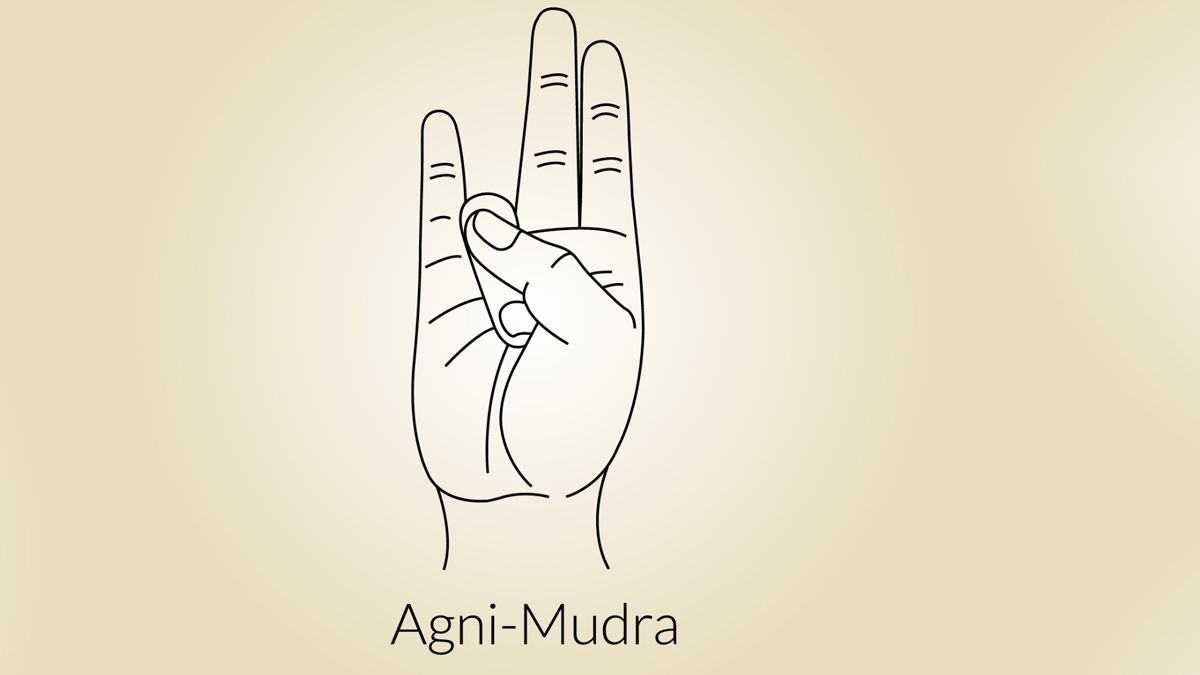NIYAMA second limb of Ashtang Yoga
Niyama in Ashtanga Yoga: Cultivating Discipline and Self-Care
Niyama, which refers to the personal observances or disciplines that we cultivate in our daily lives.
Niyama consists of five components: Saucha (cleanliness), Santosha (contentment), Tapas (discipline), Svadhyaya (self-study), and Ishvara pranidhana (surrender to a higher power). Each of these components plays a vital role in deepening our yoga practice and transforming our lives.
Saucha, the first component of Niyama, emphasizes cleanliness and purity. It involves taking care of our physical bodies, our living spaces, and our environment. By practicing Saucha, we create a clean and harmonious space for our practice, both internally and externally. This can be achieved through maintaining a clean diet, practicing good hygiene, and keeping our surroundings clutter-free.
Santosha, or contentment, encourages us to find happiness and satisfaction in the present moment, regardless of external circumstances. It teaches us to let go of desires and expectations, fostering a sense of gratitude for what we have. By cultivating Santosha, we learn to appreciate the journey rather than constantly seeking external validation or material possessions.
Tapas, the third component of Niyama, translates to discipline or self-control. It involves making conscious choices that align with our highest selves. Tapas encourages us to persevere through challenges and discomfort, both on and off the mat. By practicing Tapas, we develop mental strength, willpower, and resilience, allowing us to overcome obstacles and achieve our goals.
Svadhyaya, meaning self-study, involves introspection and self-reflection. It encourages us to explore our thoughts, emotions, and actions in order to gain a deeper understanding of ourselves. Svadhyaya can be practiced through journaling, reading spiritual texts, or seeking guidance from a teacher. By engaging in self-study, we become more aware of our patterns and tendencies, enabling us to make conscious choices that align with our true nature.
The final component of Niyama is Ishvara pranidhana, which refers to surrendering to a higher power or divine energy. It involves recognizing that there is a force greater than ourselves and trusting in the flow of life. Ishvara pranidhana teaches us to let go of control and surrender to the present moment. By practicing this component of Niyama, we develop a sense of faith and acceptance, allowing us to find peace amidst the chaos of life.
Niyama serves as a reminder that yoga is not just about the physical postures but also about the transformation that occurs within ourselves as we commit to these personal observances.
Make sure you practice some kind of exercises and Niyama in your daily life and stay fit, happy and healthy. To join personal yoga sessions contact me on Instagram, Facebook, Fiverr. Signing off.
https://instagram.com/yogwithzeal?igshid=NTc4MTIwNjQ2YQ==https://instagram.com/yogwithzeal?igshid=NTc4MTIwNjQ2YQ==
https://www.facebook.com/profile.php?id=100091836773253
https://www.fiverr.com/s/rq55Gx
https://www.fiverr.com/s/3499wa



Comments
Post a Comment